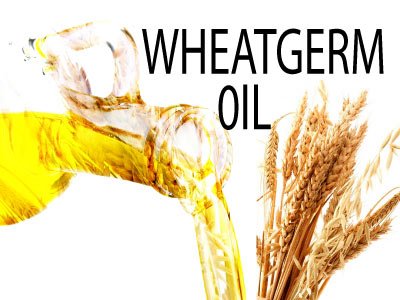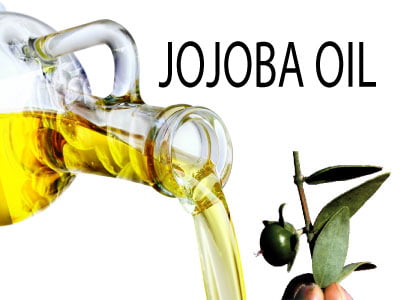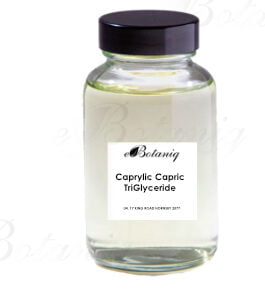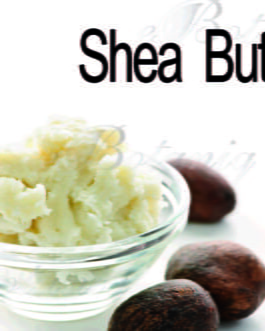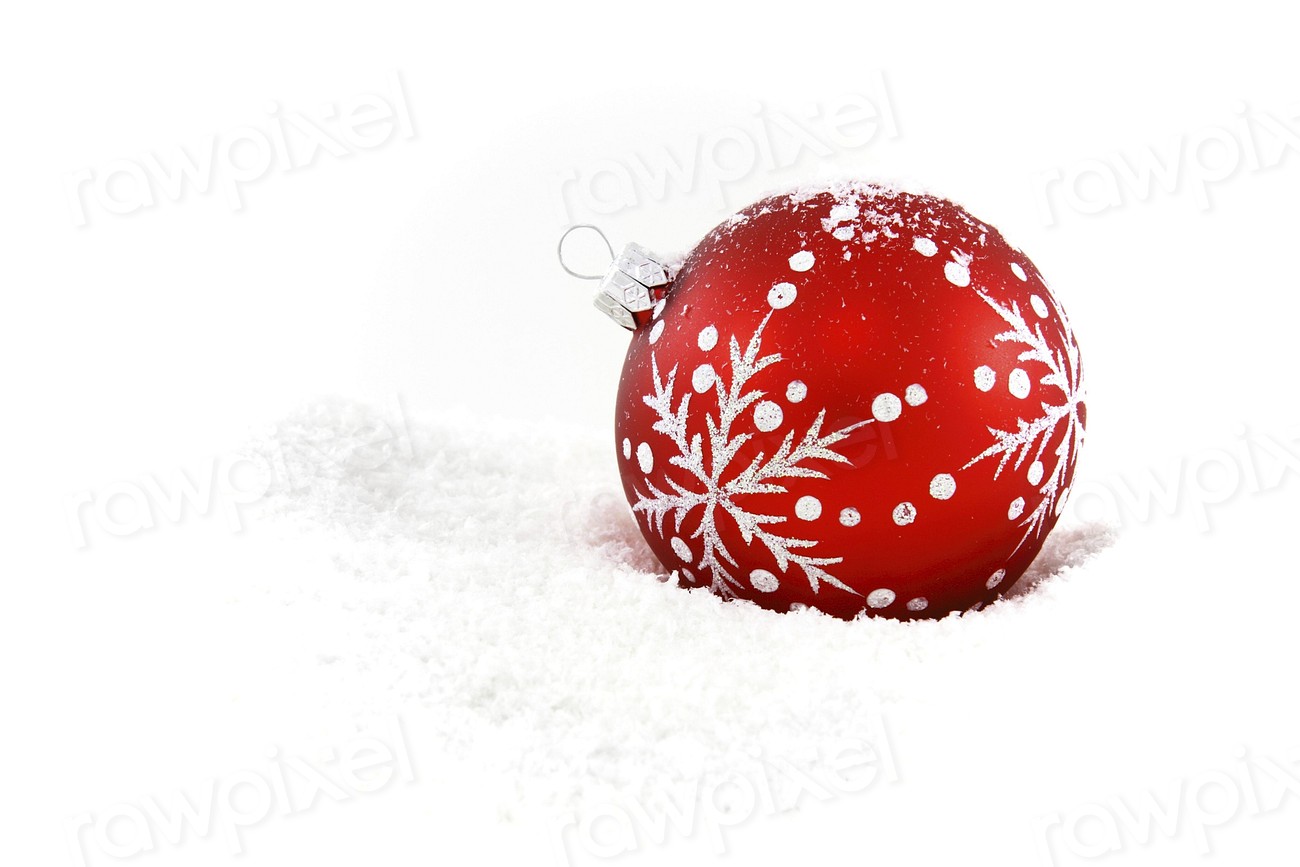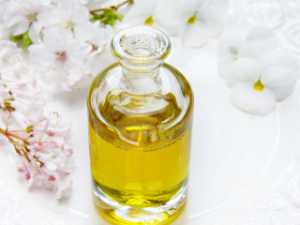Jojoba Oil (Simmondsia Chinensis)
Description
Jojoba Oil (Simmondsia Chinensis) is a pure liquid wax (not an oil as such) derived from the seeds of a plant (Simmondsia chinensis) grown in Queensland Australia. The oil is composed of different liquid wax esters similar to human sebaceous oils, based on fatty acids & fatty alcohols (no triglycerides). The finished product is cold-pressed from the nuts of the jojoba tree and as its an oil , insoluble in water. this clear oil is slight yellowish liquid, no or faint odour .
Uses:
It is rich in proteins, minerals and a waxy substance that mimics collagen. It possesses nourishing, protective, re-balancing and softening action. It is an excellent anti-aging oil because of its regenerating and invigorating properties. It penetrates very quickly into the skin without leaving a greasy film. Jojoba oil is an excellent moisturiser and emollient. Prevents transdermal water loss and retains moisture. Good lubricant without leaving a greasy film on the skin as it penetrates into the skin. It assists with regulation of the secretion of sebum on the oily skin and hair. It restores vitality, suppleness, elasticity and shine to skin and hair. It can be applied as hair masks. It is ideal for oily to dry skins and for mature and sensitive skins.
Regular application can reduce the appearance of fine lines and wrinkles. Can be added to formulas as is, and should be added to the fat phase in the formulation.
Use level 1-50%. For external use only.
Extraction:
Cold pressed from the kernel of the plant.
Key properties:
Excellent emollient. It is a mixture of long chain monounsaturated liquid wax esters that make up 97% of it, the balance being a combination of mixed tocopherols, free sterols and other unsaponifiable material.
Jojoba’s Safety Is Very Well Established In formulating cosmetic products, the cosmetic chemist needs problem-free ingredients that have been tested and found to be safe and effective. The Scientific Literature Review and Technical Analysis prepared for the highly respected Journal of the American College of Toxicology concluded that jojoba is safe as a cosmetic ingredient in concentrations from 0.1% to 25%. This extensive review documents studies on toxicity, skin irritation, comedogenicity, skin sensitization, mutagenicity, phototoxicity and photoallergenicity.
Applications/ Recommended for
-
-
-
- Hair care (Shampoos, Conditioners & Styling)
- Skin care (Facial care, Facial cleansing, Body care, Baby care) > Baby care
- Skin care (Facial care, Facial cleansing, Body care, Baby care) > Body care
- Origin/Nature Natural oils, Bio/ Organic, Fruits extracts
-
-
Additional information
| Weight | N/A |
|---|---|
| Dimensions | N/A |
| Volume | 0.10L (100mL), 0.25L (250mL), 0.50L (500mL), 1.00L (1000mL), 5.00L (5000mL) |
Technical Details
Usage Rate: 1 – 10, up to 100%
Appearance: Clear slightly yellowish oil with mild, nutty odor
Specific Gravity: 0.85 – .86 at 20°C
Saponification Value (mg KOH/g): 88 – 96
Shelf Life: 2 years from date of shipping when kept in original unopened container and stored at or below 35°C in cupboard
Chemical Composition Wax ester with unsaturated carbon chain
INCI Nomenclature: Simmondsia Chinensis (Jojoba) Seed Oil.
Claims
-
-
- Moisturizing Agents
- quick penetration / quick absorption
- protections
- nourishing
- softness
- shine / radiance
- sebum absorption / shining reducing
- bio-based
- moisturizing
- non-greasy
-
Physical chemical properties
Typical Physical chemical properties
|
Freezing point, C |
10.6-7.0 |
|
Melting points, C |
6.8-7.0 |
|
Boiling Point at 757 mm under N , C |
389 |
|
Smoke point (AOCS Cc 9a – 48 ), C |
195 |
|
Flash point (AOCS Cc 9a – 48),C |
295 |
|
Fire point (COC), C |
338 |
|
Iodine value |
82 |
|
Saponification value |
92 |
|
Acid value |
<2 |
|
Acetyl value |
2 |
|
Unsaponfiable matter, % |
51 |
|
Total acids, % |
52 |
|
Iodine value of alcohols |
77 |
|
Iodine value of acids |
<76 |
|
Average molecular weight of wax esters |
606 |
|
Peroxide value |
|

